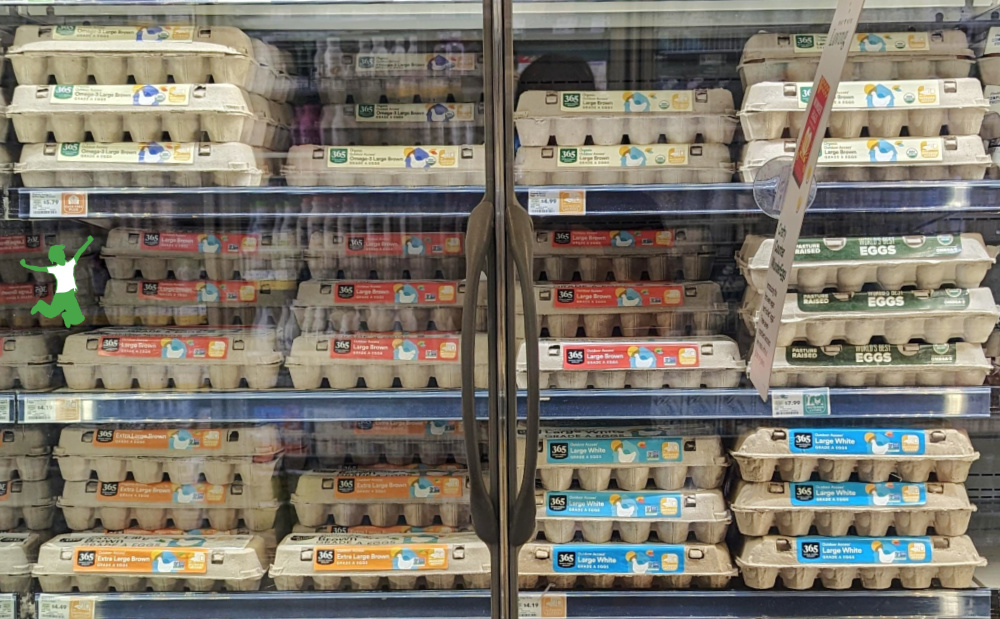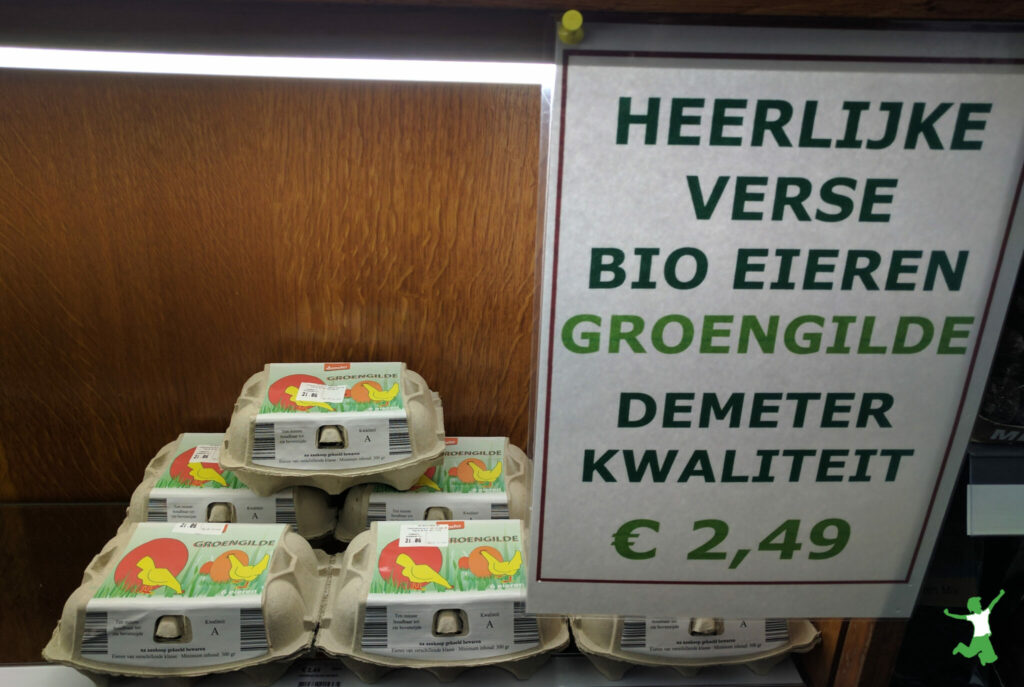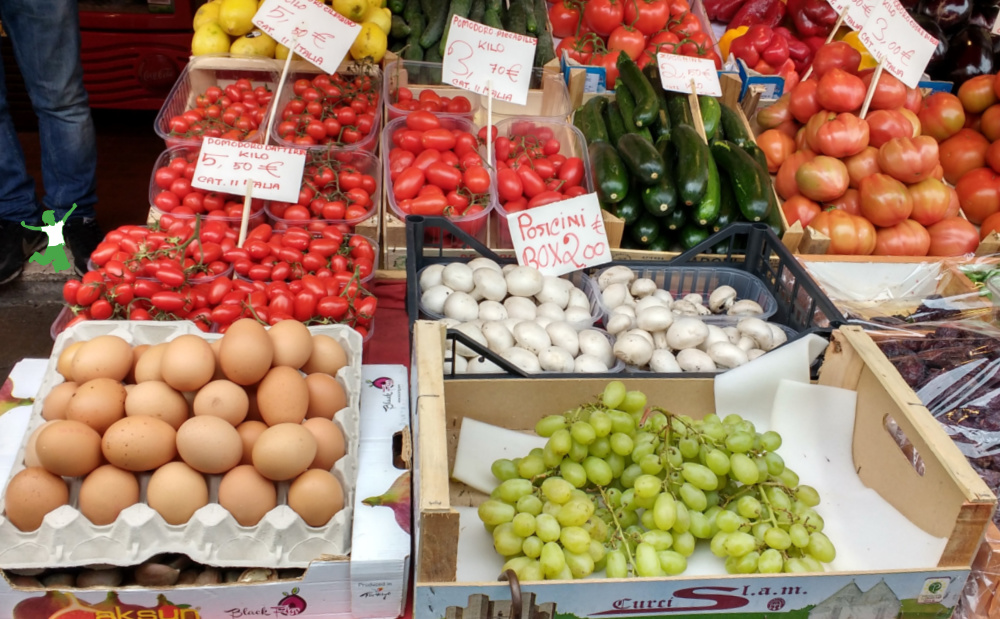Table of contents[Hide][Show]
The shocking list of chemicals that USDA organic egg washing allows in the United States poses the possibility of chemical residues due to the porous nature of eggshells.

One of the goals of this blog for the past 15 years has been to encourage people to source their food locally.
In other words, direct as much of the food budget as possible to local producers or artisans.
In practice, this means eliminating the “food middleman” of the industrialized food system.
In the industrialized food system, almost all unhealthy things happen with your diet.
This includes nutritious whole foods like organic eggs. Smallholder grassland and outdoor varieties can also fall victim to regulatory threats.
Because when you take a quality product from a small farm and pass it through the industrialized food system, toxic practices and food adulteration usually result.
It is not the same product when it emerges from the industrialized food system as when it first entered!
As a simple example, let’s look at how organic eggs are washed.
USDA Standards for Organic Egg Washing
While many people avoid conventional eggs because they know they’re washed with toxic chlorine, washing eggs (and carcasses) for USDA organic brands actually doesn’t do much better!
Egg shells are very porous and any chemicals used to clean the shell and then coat it can end up in the egg itself.
Per USDA Poultry Rules Section 205.605, the following chemicals are approved for use as organic egg wash. (1)
- sodium hypochlorite
- Potassium Hydroxide, Sodium Hydroxide
- Hydrogen Peroxide (H2O2)
- Sodium carbonate (washing soda)
- peracetic acid (peracetic acid)
While two of these chemicals (H2O2 and sodium carbonate) are safe, the others are definitely not!
For example, sodium hypochlorite is corrosive and an environmental hazard. (2)
Potassium hydroxide is corrosive and an irritant. (3)
Peracetic acid is flammable and corrosive as well as an irritant and harmful to the environment. (4)
How these chemicals are somehow allowed in “organic” egg production is beyond me.
Why doesn’t the USDA only allow safe substances like hydrogen peroxide and sodium carbonate? Why the other venomous trio too?
Toxic vegetable oil coating after washing
Another common practice is to brush organic eggs with vegetable oil after washing them.
This will “seal” the porous eggshells “for safety”.
Section 205.605 of the USDA Poultry Guidelines also allows for this toxic practice. (1)
Which oils are used? Your guess is just as good as mine, but doesn’t need to be listed as it’s an “industry standard”. 🙄
My guess would be the cheapest oils out there…organic canola oil or refined sunflower oil, anyone?
How to Find Safe Unwashed Eggs
The sad truth is that it is imperative for consumers to educate themselves and take evasive action when it comes to egg sourcing. They can’t rely on USDA or organic standards to protect them.
In my opinion, keeping backyard chickens yourself is the best solution. Our family has kept a small herd for over 10 years and I highly recommend them!
The next best thing is to get fresh, unwashed eggs from your neighbor’s or the farmer’s market. Avoid store-bought organic eggs if possible.
If you think unwashed eggs are dangerous, it isn’t!
The “blossom” or natural coating on an egg provides a high level of protection, even allowing the eggs to remain unrefrigerated for many days.
In Europe and other parts of the world, you can find unwashed (and unrefrigerated) eggs in shops and even on the streets!
The picture below is a photo I took of unwashed eggs sitting unrefrigerated in a health food store in the Netherlands in 2018.

The next image below is a photo I took on the streets of Venice, Italy in 2015.
Totally unchilled, unwashed fresh eggs outdoors alongside veggies and fruit!
The USDA’s scaremongering about unwashed eggs is totally unwarranted!

Best Organic Egg Brands
If you find yourself in a food desert where fresh, unwashed eggs are scarce and keeping a few chickens of your own is not an option, you need to research the available egg brands in your area.
The best organic egg brand ranking system I’ve seen is from the Cornucopia Institute. (5, 6)
Unfortunately, while this in-depth egg scorecard examines a comprehensive list of criteria for dozens of organic egg brands, the egg washing process is not one of them!
So I would suggest using this scorecard to determine the list of egg brands that are best and available in your area.
Then contact each farm directly (phoning is best in my experience) for information on the chemicals used to wash the eggs and the vegetable oil they are coated with before being placed in cartons packaged and delivered to your store shelf.
Worst case, if you don’t have a “best” organic brand in your area that uses non-toxic hydrogen peroxide or sodium carbonate as an egg wash, you should at least give the eggs another thorough wash in warm, soapy water before use.
While this is not a fail-safe method given the porous nature of eggshells, it would at least reduce the chance of chemical or rancid vegetable oil residue getting into the eggs during cracking.
references
(1) USDA Poultry Guidelines
(2) Sodium hypochlorite
(3) Potassium hydroxide
(4) peracetic acid
(5) Egg Scorecard Criteria, Cornucopia Institute
(6) Best Organic Egg Brands

